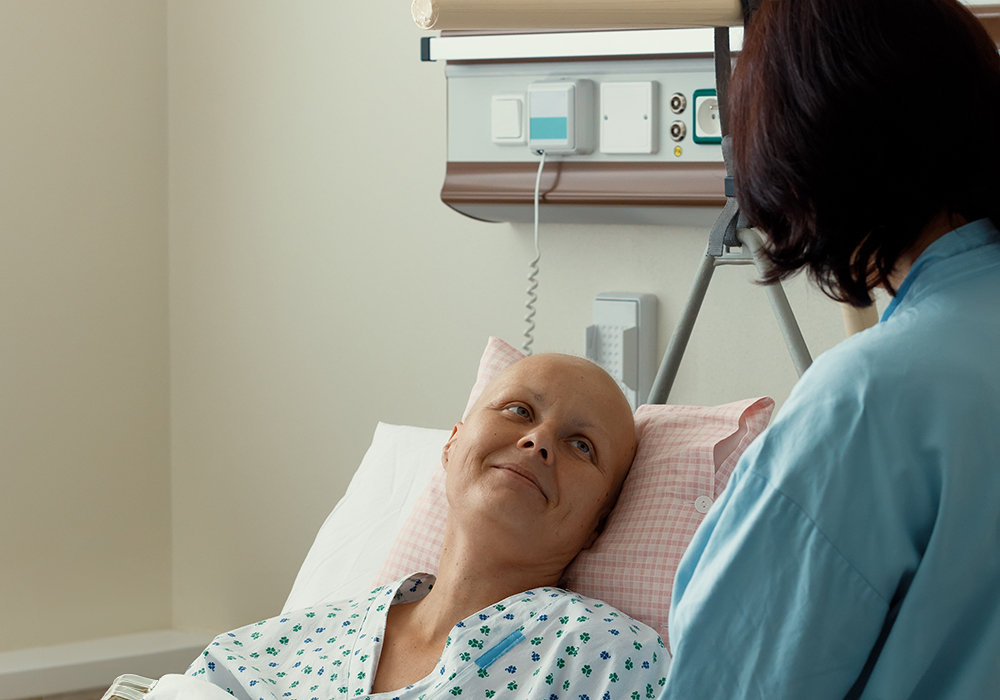Individuals with 10–100+ polyps may have a germline pathogenic variant in the APC gene, placing them at higher risk for developing colorectal, gastrointestinal, and other cancers. The condition is known as familial adenosis polyposis (FAP), and loss of function in the APC gene is the first step in the adenoma-to-carcinoma sequence. Some people have an attenuated form (aFAP), with delayed polyp growth and fewer polyps (see sidebar). As many as 20% are de novo, meaning that they are the first in their family to have an identified pathogenic variant.
A dermatologist-performed total-body skin examination (TBSE) identifies more than two times the number of skin cancers than patients or other providers discovered, researchers reported in the International Journal of Women’s Dermatology. The cancers may otherwise have gone undiagnosed, leading to later-stage disease and poorer outcomes.
Genetic counselors have a unique ability to explain complex genetic information to patients, providers, and our healthcare colleagues and to empower patients to take an active role in their healthcare decisions. We review biosignature data points and help explain the difference between variants that were acquired (somatic) versus those that may have a germline component, or possibly inherited from a parent.
With the growth of genomics and targeted therapy, nurse scientists are gaining deeper understanding the vast facets of patients’ symptom experience, and biosignatures could be the key to unlocking the next frontier in symptom science research.
On October 29, 2021, the U.S. Food and Drug Administration (FDA) granted accelerated approval to asciminib (Scemblix®) for patients with Philadelphia chromosome–positive chronic myeloid leukemia (Ph+ CML) in chronic phase (CP) who were previously treated with two or more tyrosine kinase inhibitors (TKIs). FDA also approved asciminib for adult patients with Ph+ CML in CP with the T315I variation.
Leadership is a group activity, and the ONS vision, mission, and core values can be achieved only through full participation of ONS's Board of Directors and other groups. The volunteer members serving as directors-at-large meet at least monthly to achieve the annual objectives, and the Board’s subcommittees—as well as other standing committees of volunteer members outside of the Board—accomplish specific goals. ONS uses two key committees to achieve excellence, quality, and sustainability through leadership: the Board’s Positions Subcommittee and the Leadership Development Committee (LDC).
With a plethora of information available online, patients with cancer and their families have access to plenty of resources to learn more about their diagnosis and treatment options. However, one-third of the online articles about cancer circulating on social media contain incorrect information, according to findings from a 2021 study published in the Journal of the National Cancer Institute.
Multimedia tools and resources can help patients learn more about a cancer diagnosis, treatment regimens, procedures, and follow-up care, among other important topics, and many institutions and organizations have jumped onto the bandwagon to create those resources for their patients. A new video series on gynecologic cancers from the Centers for Disease Control and Prevention (CDC) adds another patient education resource to oncology nurses’ toolbox.
A balanced life allows us to function at our best. Our bodies do that naturally through homeostasis, a familiar term from nursing school, by self-regulating physiological processes to ensure equilibrium and optimal functioning. But our brains sometimes need help to self-regulate, and one way to do that is to practice silence. After a day of noise and action, silence and solitude can calm and restore you.
Tracking health workforce projections, such as supply and demand of healthcare professionals by discipline, and studying how funding, policies, and programs affect those levels, can “inform public policy to help prevent shortages and surpluses,” the Health Resources and Services Administration (HRSA) announced in September 2021. To achieve that, HRSA created a new dashboard that uses projections from the National Center for Health Workforce Analysis, based on the Health Workforce Simulation Model (HWSM).





